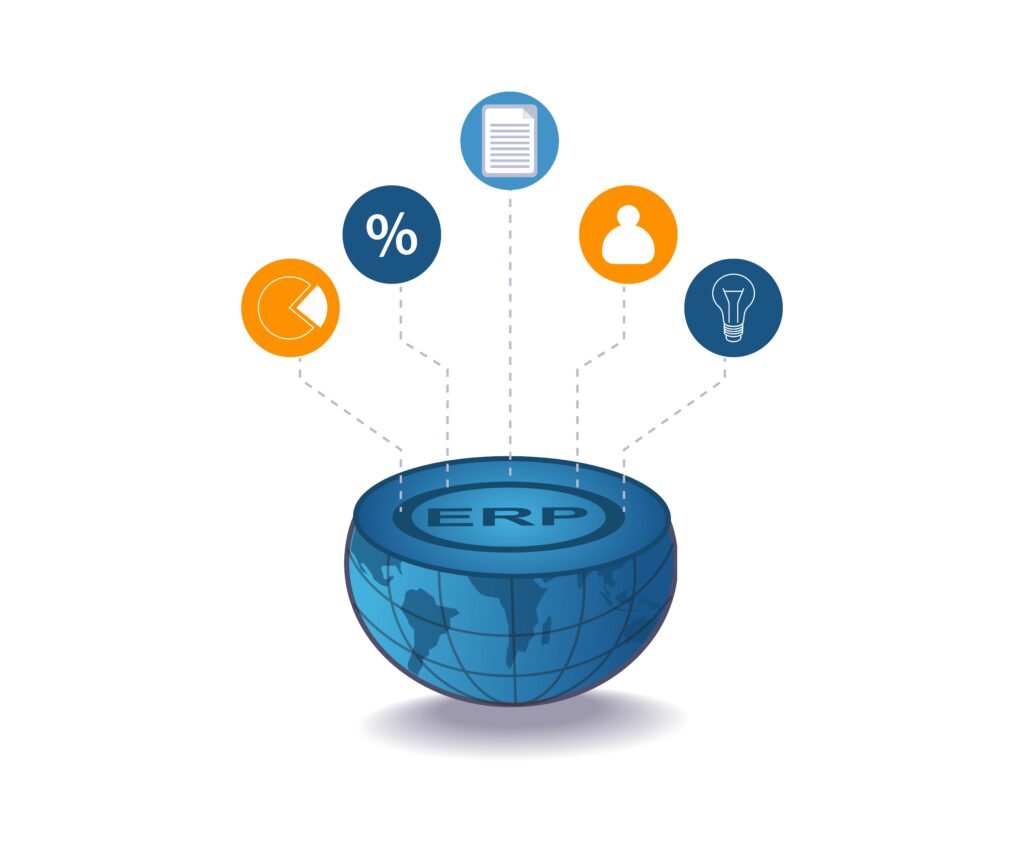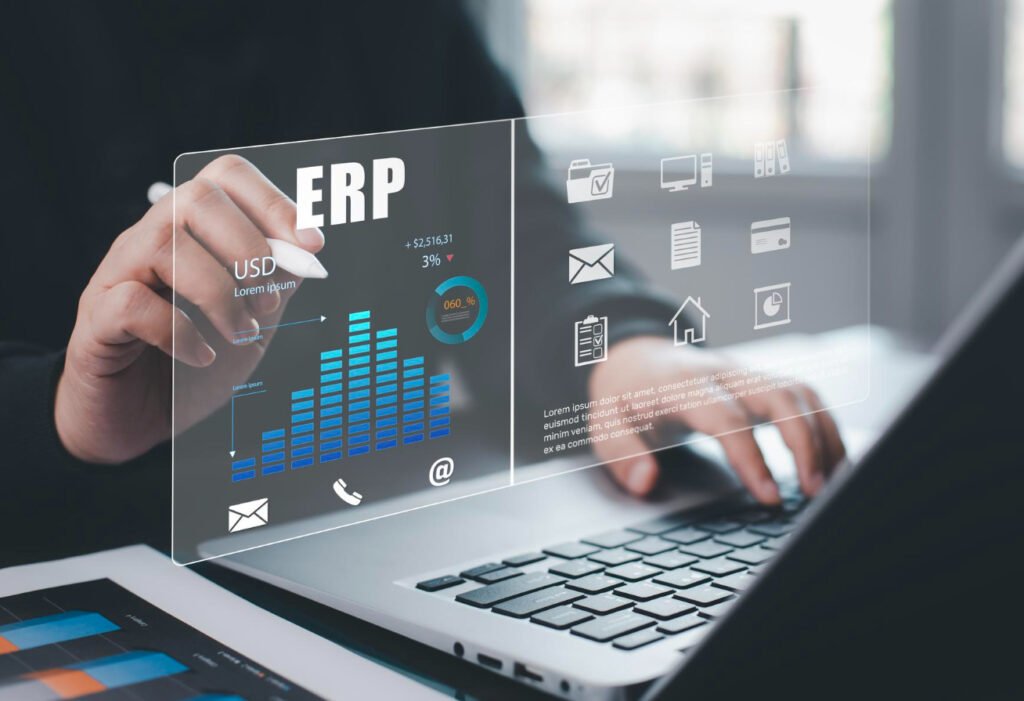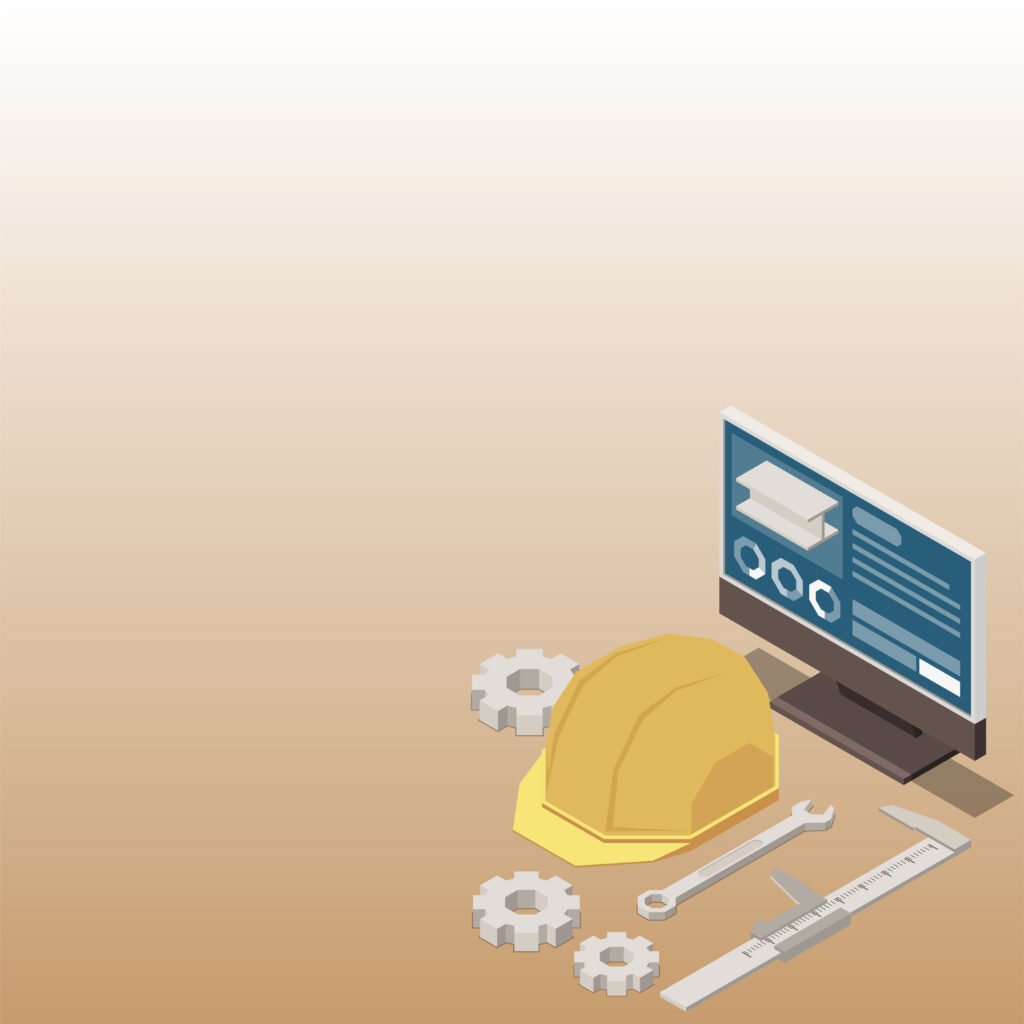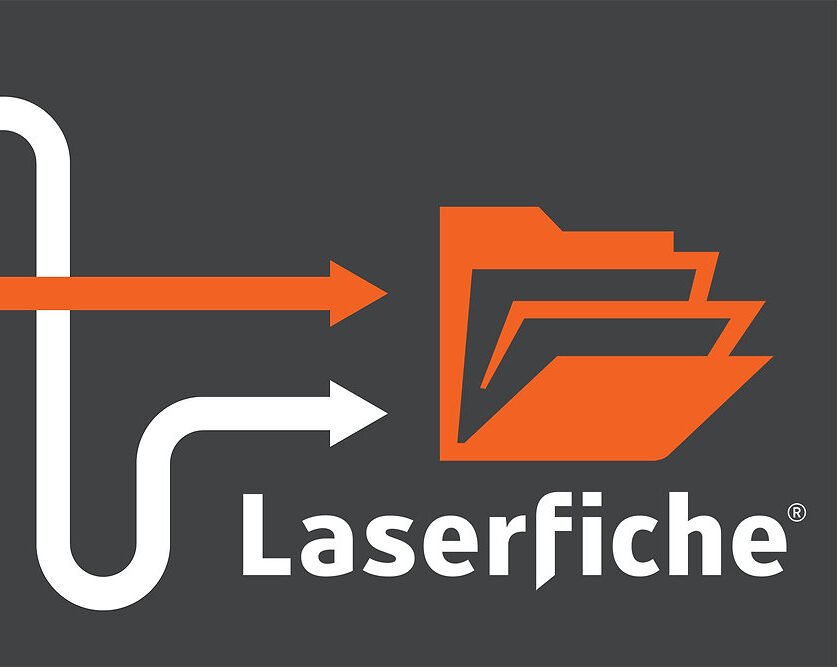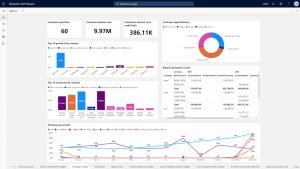Introduction
ERP systems are software applications that help businesses manage their day-to-day operations, such as finance, sales, inventory, and human resources. There are numerous ERP system varieties, each with its own features and advantages.
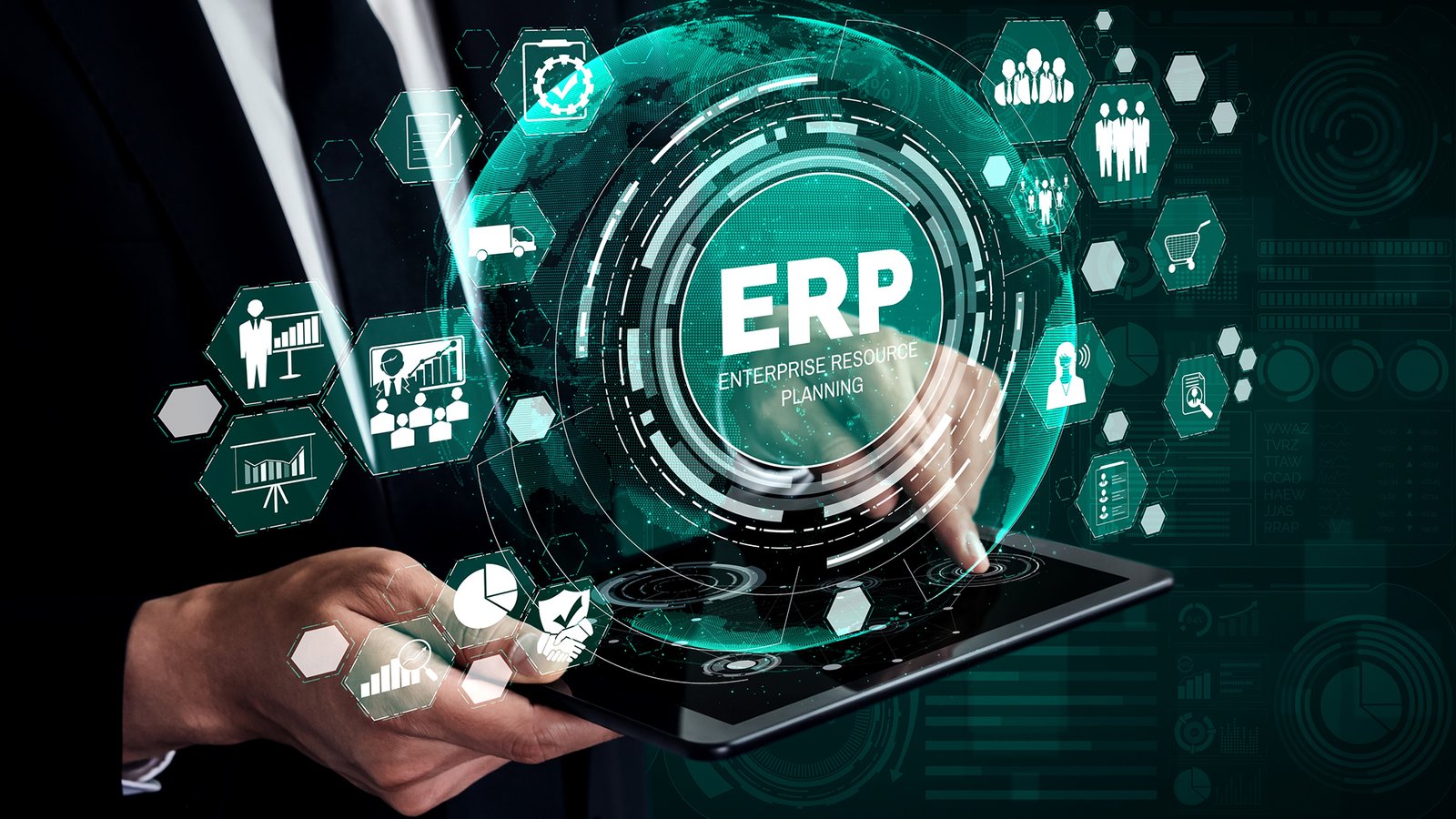
On-premise ERP systems are installed on servers located on the company’s premises and are administered by the IT department.
Internet-accessible cloud-based ERP systems that are hosted on a cloud platform Open-source ERP systems, which are typically free to use and based on open-source software, are ERP systems that are tailored to satisfy the requirements of specific industries, such as manufacturing, healthcare, or retail. Small business ERP systems, are designed for small businesses and provide rudimentary financial, sales, and inventory management functionality, Lastly, there are tiered ERP systems, which are designed for large enterprises with complex operations and offer modular functionality that can be customized to meet the requirements of various departments and business units.
Each type of enterprise resource planning (ERP) system has its own set of features and benefits, and businesses should thoroughly evaluate their options to determine which type of ERP system best meets their needs.
On-premise ERP systems
On-premise ERP systems are software applications that are installed and operate on servers located within an organization’s physical location.
The company’s IT department manages and maintains these systems, which employees access via a local network.
Among the characteristics of on-premise ERP systems are:
- On-premise ERP systems can be highly customized to suit the unique requirements of the organization. This is because the software is installed on the company’s infrastructure and can be modified as needed.
- On-premise ERP systems offer a higher level of security than cloud-based systems due to the fact that the data is stored on servers under the company’s control. This means the organization can implement its own security protocols to safeguard its data.
- On-premise ERP systems provide greater control over the system for businesses. They can manage the system’s updates, enhancements, and maintenance, allowing them to keep the system operational at all times.
- On-premise ERP systems can be integrated with the company’s other applications and systems, allowing for a more streamlined and effective workflow.
Among the advantages of on-premise ERP systems are:
Customization
The ability to customize the system enables the business to tailor the software to its particular requirements, which can result in increased efficiency and productivity.
higher level of security than cloud-based systems
On-premises ERP systems provide a higher level of security than cloud-based systems, which can provide peace of mind to businesses that handle sensitive data.
Great control
Companies have greater control over the system, which can result in an overall more efficient and effective system.
Integration
The ERP system’s ability to integrate with other applications and systems can result in a more streamlined workflow, saving time and reducing errors.
Cloud-based ERP systems
Cloud-based ERP systems are software applications that are hosted on a cloud platform and accessed through the Internet. These systems are managed and maintained by the ERP vendor, and employees can access the system from anywhere with an internet connection.
Some of the features of cloud-based ERP systems include:
Scalability: Cloud-based ERP systems can scale up or down based on the company’s needs, which means that the company can add or remove users and functionality as required.
Automatic updates: Cloud-based ERP systems are automatically updated by the vendor, which means that the company always has access to the latest features and functionality.
Accessibility: Cloud-based ERP systems can be accessed from anywhere with an internet connection, which means that employees can work remotely or on the go.
Integration: Cloud-based ERP systems can be integrated with other cloud-based applications, which can lead to a more streamlined and efficient workflow.
Some of the benefits of cloud-based ERP systems include:
- Lower upfront costs
- Lower maintenance costs
- Flexibility
- Accessibility
- Automatic updates
Open-source ERP systems
Open-source ERP systems are software applications that are built on open-source software and can be used and modified by anyone. These systems are typically free to use, and the source code is available to the public, which means that developers can modify the software to meet their specific needs.
Some of the features of open-source ERP systems include:
Customization: Open-source ERP systems can be highly customized since the source code is available to the public. This means that companies can modify the software to meet their specific needs.
Community support: Open-source ERP systems are supported by a community of developers who contribute to the software. This means that companies can benefit from the expertise of the community when using the software.
Flexibility: Open-source ERP systems are highly flexible since the source code is available to the public. This means that companies can modify the software as required.
Integration: Open-source ERP systems can be integrated with other applications and systems, which can lead to a more streamlined and efficient workflow.
Some of the benefits of open-source ERP systems include:
- Open-source ERP systems are typically free to use, which can be cost-effective for companies that have limited budgets.
- The ability to customize the software means that companies can tailor the software to meet their specific needs, which can lead to increased efficiency and productivity.
- Open-source ERP systems are supported by a community of developers, which means that companies can benefit from the expertise of the community when using the software.
- The ability to modify the software means that companies can make changes to the software as required, which can lead to a more efficient and effective system overall.
- The ability to integrate the ERP system with other applications and systems can lead to a more streamlined workflow, which can save time and reduce errors.
Tiered ERP systems
A tiered enterprise resource planning (ERP) system is a software application designed for large businesses with complex operations. The functionality of these systems is modular and can be adapted to satisfy the needs of various departments and business units.
Among the characteristics of tiered ERP systems are:
- Modular Functionality: Tiered ERP systems offer modular functionality, allowing businesses to select the modules they require and tailor them to their specific requirements.
- Depending on the company’s requirements, tiered ERP systems can scale up or down, allowing the company to add or remove modules and functionality as necessary.
- Tiered ERP systems can be integrated with the company’s other applications and systems, allowing for a more streamlined and efficient workflow.
- Real-time data: Tiered ERP systems provide real-time data, allowing businesses to make decisions based on current information.
Among the advantages of stratified ERP systems are:
The modular functionality of tiered ERP systems allows businesses to tailor the software to their specific requirements, which can result in increased efficiency and productivity.
Depending on the company’s requirements, tiered ERP systems can scale up or down, allowing the company to add or remove modules and functionality as necessary.
The ERP system’s ability to integrate with other applications and systems can result in a more streamlined workflow, saving time and reducing errors.
The ability to access real-time data enables businesses to make decisions based on current information, thereby enhancing business outcomes.
Summary
ERP systems are software applications that help businesses manage their day-to-day operations, such as finance, sales, inventory, and human resources. There are numerous ERP system varieties, each with its own features and advantages.
On-premise ERP systems are installed on servers located on the company’s premises and are administered by the IT department. Internet-accessible cloud-based ERP systems that are hosted on a cloud platform Open-source ERP systems, which are typically free to use and based on open-source software,
ERP systems that are tailored to satisfy the requirements of specific industries, such as manufacturing, healthcare, or retail,
Small business ERP systems, which are designed for small businesses and provide rudimentary financial, sales, and inventory management functionality,
Lastly, there are tiered ERP systems, which are designed for large enterprises with complex operations and offer modular functionality that can be customized to meet the requirements of various departments and business units.
Each type of enterprise resource planning (ERP) system has its own set of features and benefits, and businesses should thoroughly evaluate their options to determine which type of ERP system best meets their needs.



